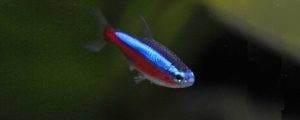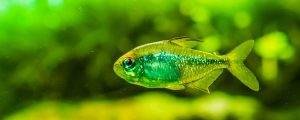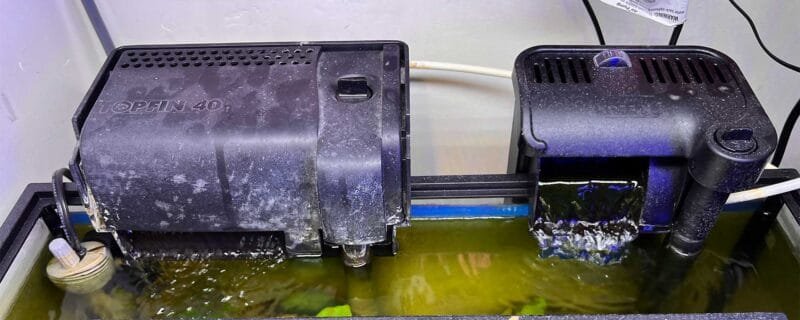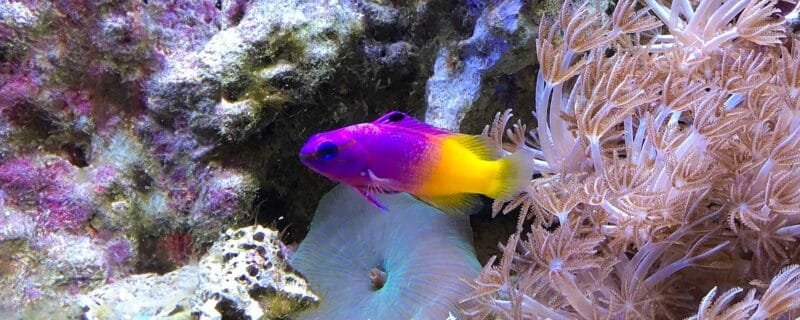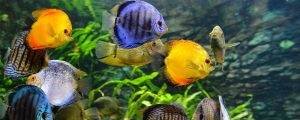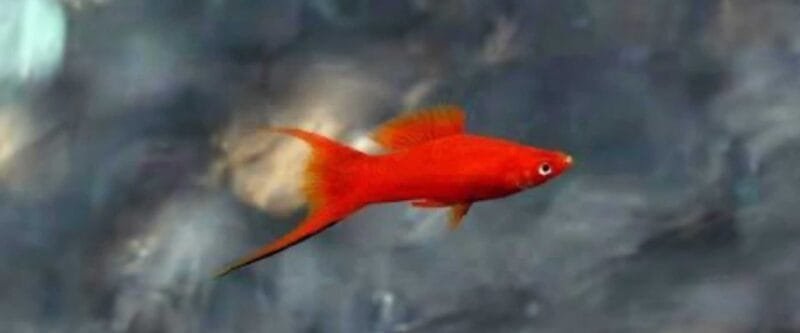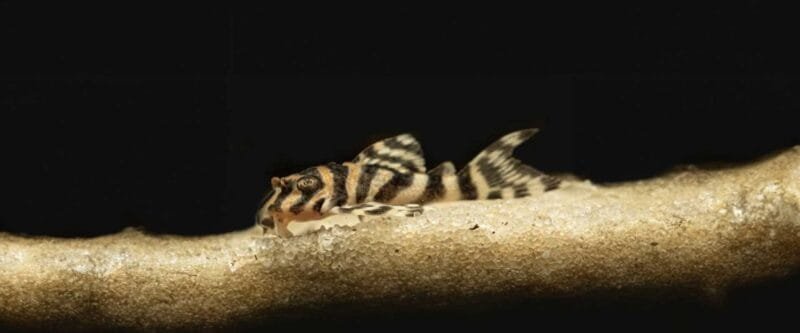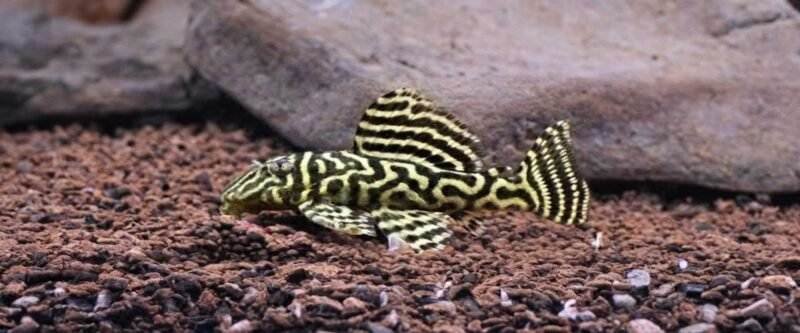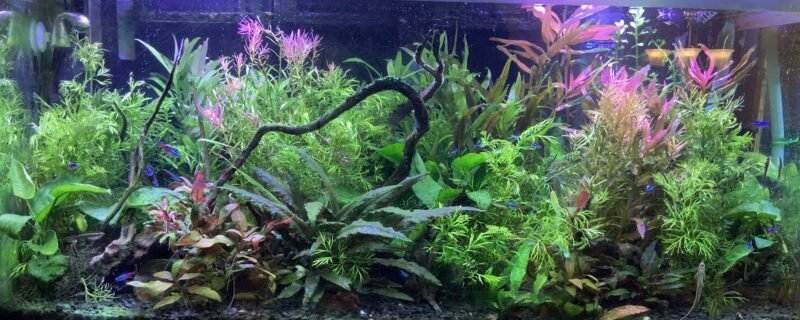The Enigmatic Black Widow Tetra: Your Guide to Care and Beauty
The Black Widow Tetra, scientifically known as Gymnocorymbus ternetzi, is a captivating and alluring fish species that has earned a special place in the hearts of aquarium enthusiasts. With its striking black and silver coloration and unique fin patterns, this tetra species has become a popular choice for both beginners and experienced aquarists. In this blog post, we’ll take a closer look at the Black Widow Tetra, delving into its natural habitat, suitability for community tanks, native range, dietary preferences, and essential care guidelines.
Habitat and Native Range
The Black Widow Tetra originates from the Paraguay and Guaporé River basins in South America, specifically in countries like Brazil and Bolivia. These regions are characterized by slow-moving waters, including streams, rivers, and small tributaries, where Black Widow Tetras thrive in peaceful and densely vegetated environments. Their native habitat consists of clear or slightly murky waters with plenty of hiding spots among submerged vegetation.
Physical Characteristics
Black Widow Tetras are named for the distinctive black vertical stripe that runs horizontally across their body, resembling a widow’s veil. This striking black marking contrasts beautifully with their silver or metallic body coloration, creating an eye-catching and dramatic appearance. Additionally, these tetras have elongated dorsal and anal fins, adding to their unique charm.
Suitability for Community Tanks
Black Widow Tetras are renowned for their peaceful nature, making them excellent candidates for community aquariums. They coexist harmoniously with other non-aggressive fish species, contributing to a tranquil and balanced aquatic environment. Ideal tankmates include other tetra species, rasboras, gouramis, and small catfish species.
Diet and Feeding
In their natural habitat, Black Widow Tetras primarily feed on small invertebrates, insects, and plant matter. In aquariums, they are omnivorous and will readily accept a variety of foods. To ensure their optimal health and vibrancy, offer them a well-balanced diet that includes high-quality flakes, pellets, and live or frozen foods like brine shrimp, daphnia, and bloodworms. Providing a varied diet helps mimic their natural feeding habits and promotes overall well-being.
Tank Requirements and Care
To create a thriving environment for your Black Widow Tetras, consider the following care guidelines:
- Tank Size: A minimum tank size of 20 gallons (75 liters) is recommended to provide ample swimming space and accommodate a small school of these tetras.
- Water Parameters: Maintain a water temperature between 72-78°F (22-26°C) and a neutral pH level around 7.0. Ensure good water quality by performing regular water changes and using an efficient filtration system.
- Aquascape: Mimic their natural habitat with live or artificial plants, driftwood, and rock formations to create hiding spots and areas for exploration.
- Schooling Behavior: Black Widow Tetras are social fish, and they thrive when kept in schools of at least six individuals. The presence of a school helps reduce stress and brings out their best colors and behaviors.
- Lighting: Provide subdued lighting to replicate their natural habitat and showcase their unique coloration.
Conclusion
In conclusion, the Black Widow Tetra (Gymnocorymbus ternetzi) is a captivating and peaceful fish species that adds beauty and charm to community aquariums. With its striking appearance, peaceful nature, and adaptability, it’s an excellent choice for aquarists of all levels. By replicating their natural habitat and providing a well-balanced diet, you can create a thriving environment for these captivating tetras. Whether you’re a beginner or an experienced hobbyist, the Black Widow Tetra is sure to be a delightful addition to your aquatic family.
Photo by Cofish Aquarium on Unsplash


